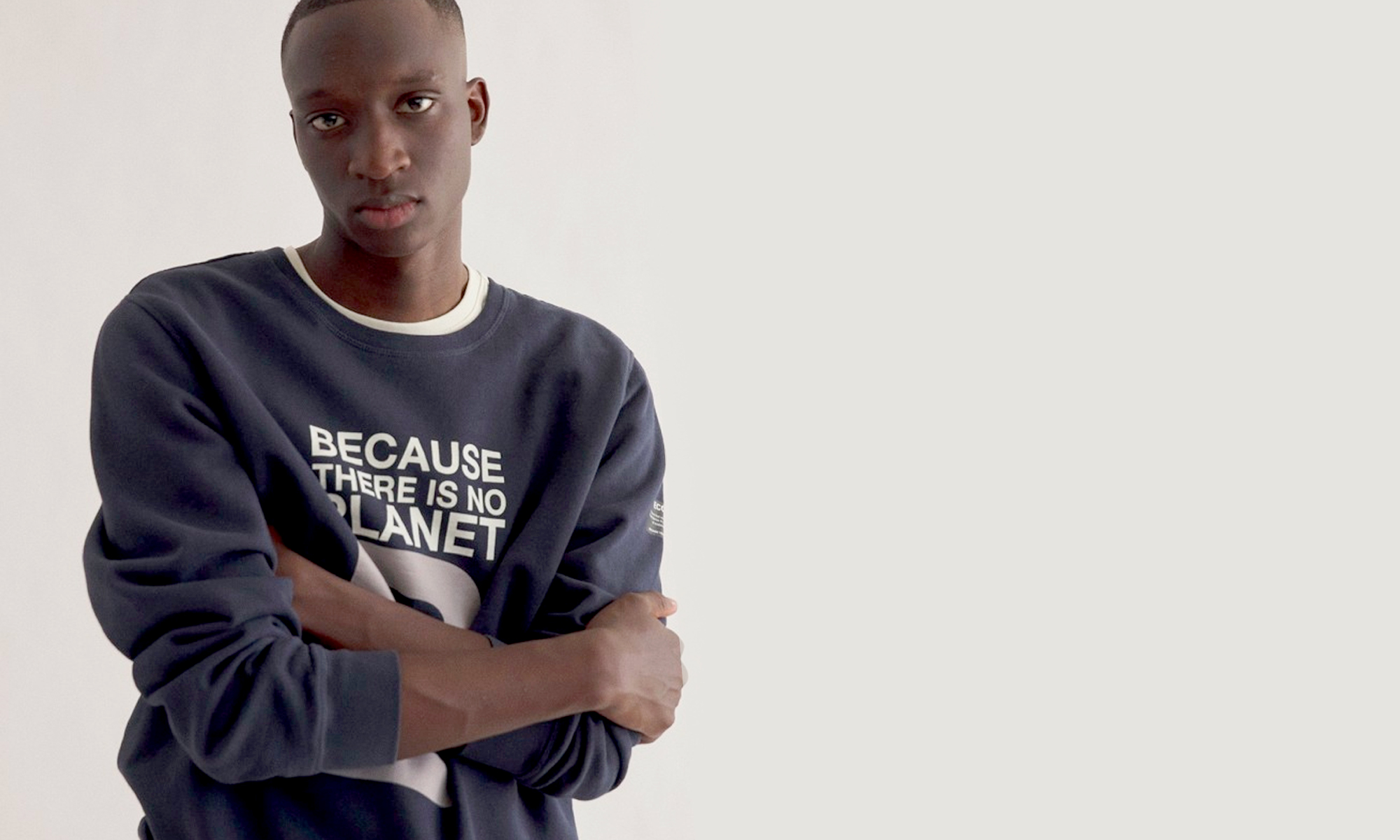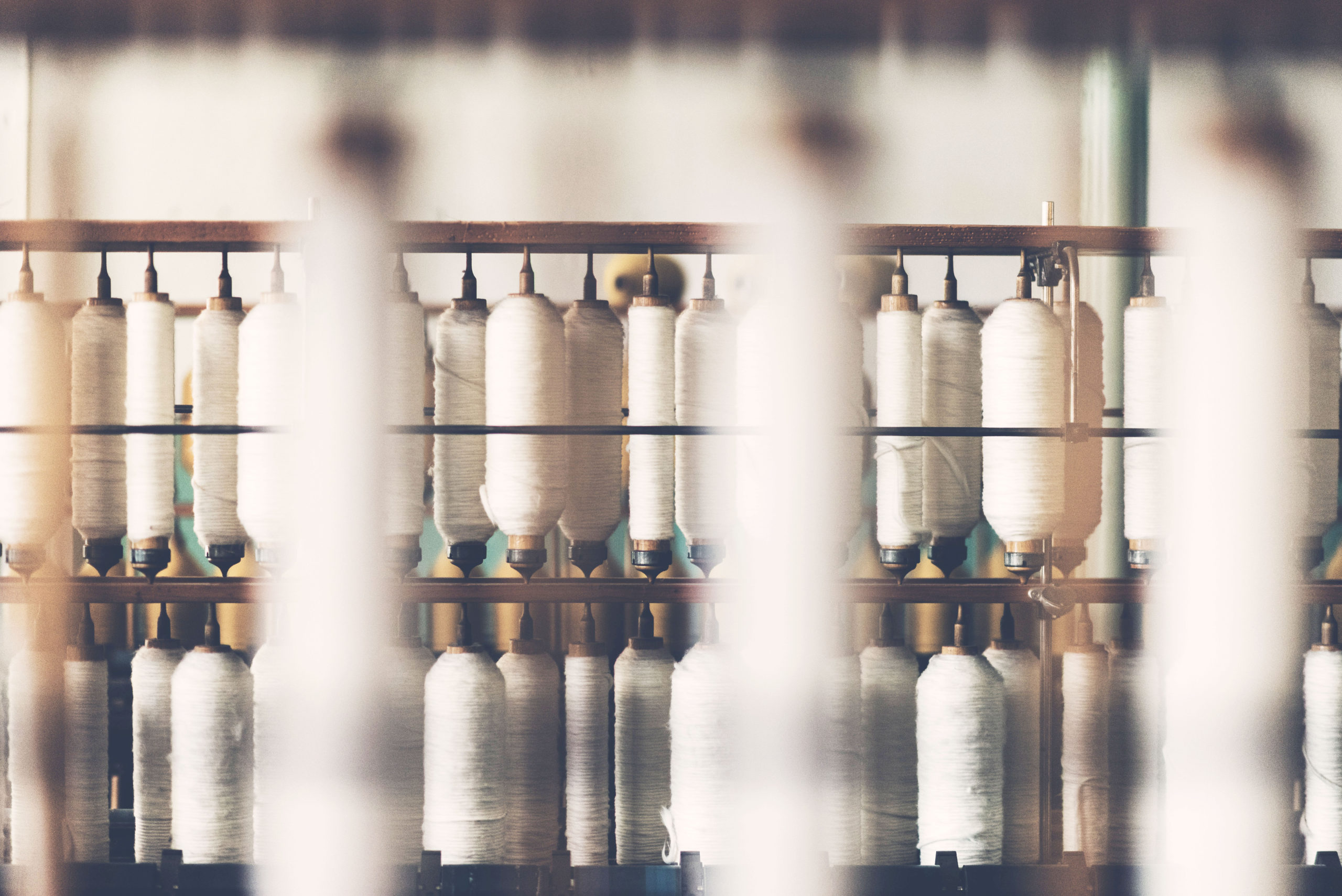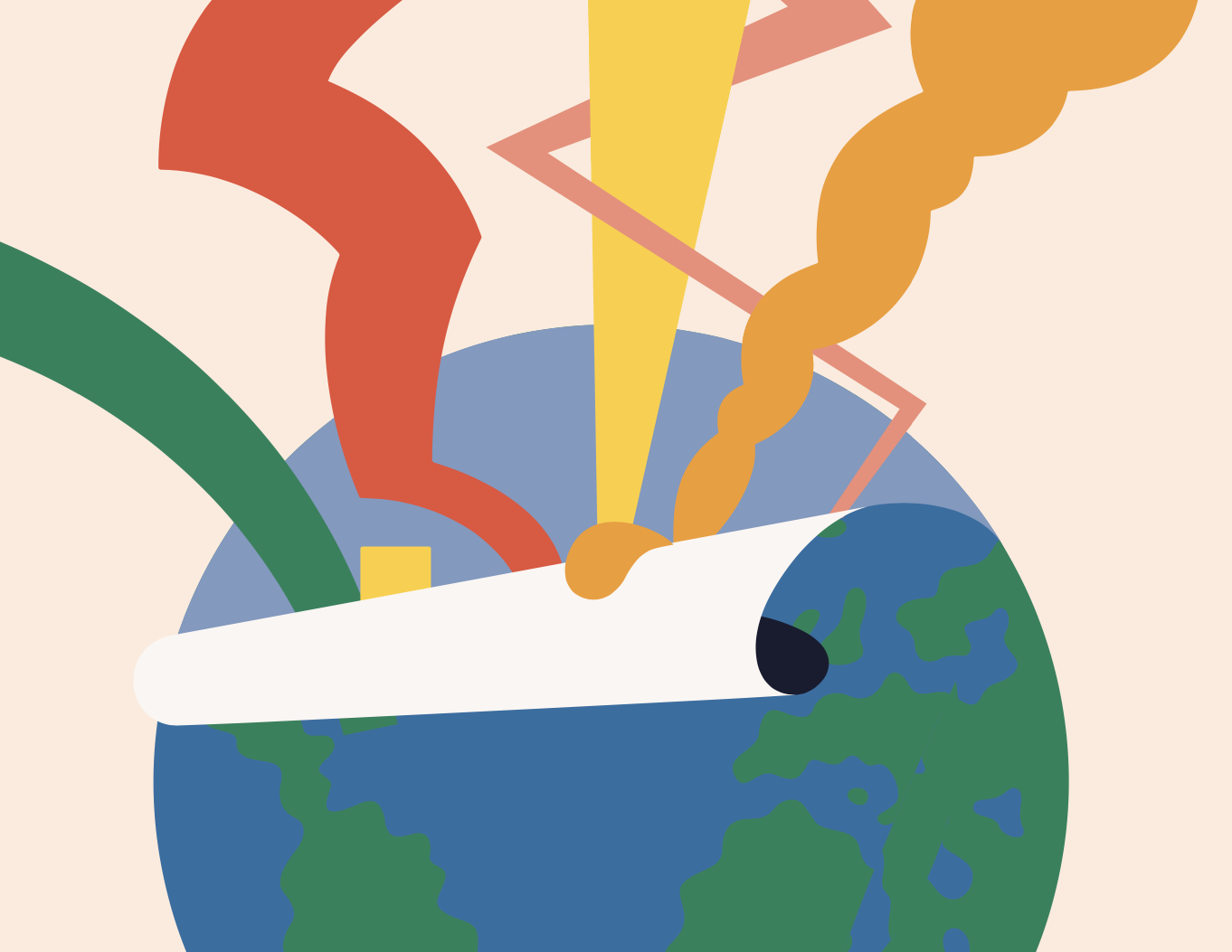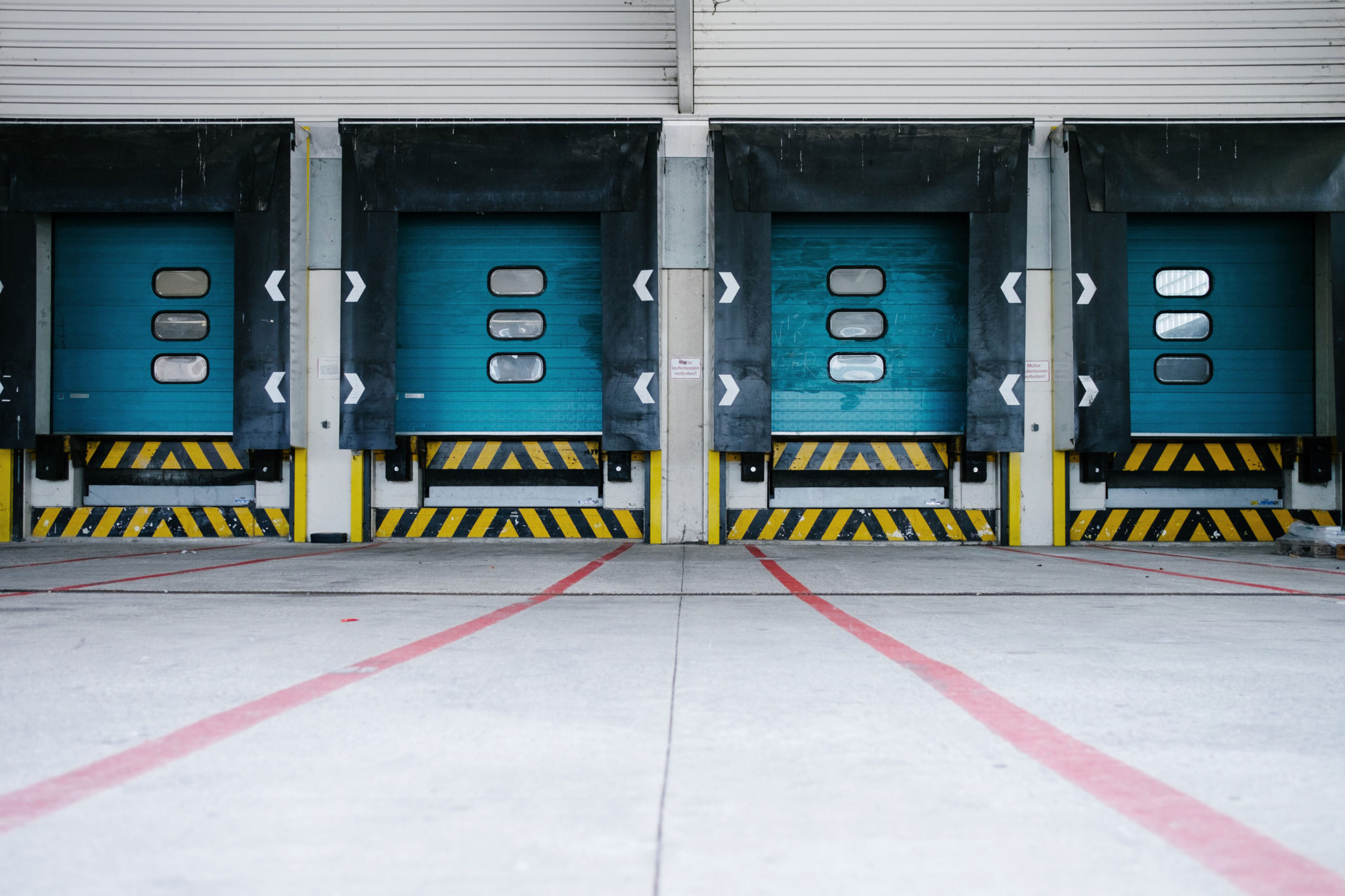Pioneers in seeking sustainable solutions within the fashion industry, Ecoalf believed that it was possible to make a product with recycled fabric when the rest of the sector was skeptical. Nonconformists with their achievements and lovers of challenges, Ecoalf was one of the first brands that believed in BCOME to bring its public closer to the value that exists behind each of its products. We talk to Carol Blázquez, Head of Innovation & Sustainability at Ecoalf about how consumer trends have evolved over the years and what the future holds for the fashion industry.
Ecoalf was born in 2009 with the aim of creating recycled products with the same quality and design as non-recycled ones. What was the public’s response at that time to the appearance of the brand?
When we started we met a lot of resistance from both suppliers and consumers. For providers, it meant changing the way they worked. Many never believed in the project and came to question who would want to buy a puff jacket made of garbage when they could buy it new. In the case of consumers, there was such a lack of knowledge of the materials that there were even people who came to smell the clothes in our first store.
Now we have it very much accepted, we know that recycling introduces us to the circular economy and we are beginning to understand that waste can also actually be raw material. More than 10 years ago people saw it differently. Luckily, nonconformity is something that defines us. If we had given up every time they told us no, we wouldn’t be here today.
In which countries did you have a better acceptance?
The truth is that Spain has welcomed us very well from the beginning, largely because of the message but also because the product was liked. It was the moment of puff jackets as a wardrobe item and we were lucky to be present at that time with a puff jacket made from water bottles. Surely if we hadn’t found that product at that time, it would have been much more complicated for us. It was a time when the Spanish market wasn’t prepared for sustainability. We opened our second store in Germany, a country with very high standards that forces us to keep moving and evolving.
You start working with BCOME in 2019, from your perspective, how does consumer behavior change when full transparency about products is provided?
We still have a long way to go, we believe that tools like BCOME allow us to connect with the consumer in a simpler way. In addition to providing information to consumers, we are also offering mechanisms for them to learn to consume much more responsibly. If we show that a t-shirt consumes X thousands of liters of water to be produced but the consumer has no reference with which to compare that volume, it will be difficult for him or her to understand that figure. Now, if we offer data in a simple, clear way and showing the comparison with the market average, that is when the consumer can introduce the variable of whether what he or she is acquiring is good or not for the planet. Through BCOME we obtain data that helps us to be much closer to that point with the client.
We believe that tools like BCOME allow us to connect with the consumer in a simpler way. In addition to providing information to consumers, we are also offering mechanisms to learn to consume much more responsibly
Through what kind of messages do you get the consumer to better understand the value that exists behind each of the Ecoalf garments?
You have to put yourself in the shoes of the person who receives the message, sustainability is something very complex. Finding a way to make this message attractive to the consumer is essential, and this is achieved by taking it to very simple and very obvious things in their day-to-day life. One of the things we work with BCOME is to translate complex data into everyday messages. Instead of talking about thousands of liters of water, we are talking about Olympic swimming pools, or the amount of water that you can consume as a person over X years. We seek to make consumers understand what the real impact of a garment is through an understandable example so that they can visualize it in a super simple way and understand what they are avoiding or how they are contributing positively.
Thanks to BCOME we translate complex data into everyday messages
Throughout these years, do you recognize a turning point in the consumption trend? Do you think that the pandemic has marked a before and after in the way people consume clothing and footwear or is it a trend that has been developing for a long time?
It has been developing for a long time, although it’s true that the pandemic has brought us closer to situations that we have never faced before. In addition to forcing us to lead a completely different life from the one we used to lead, the pandemic makes us aware of the dependence we have on China, for example. It suddenly puts us in front of the scarcity of certain resources that we take for granted that we usually have. It has forced us to sit down with ourselves and consider a lot of things. All this has meant that something that had been developing for many months, or even years, has borne fruit. When the sales of the rest of the brands were dropping sharply, Ecoalf had a great growth during the past year. This shows that companies that have a certain responsibility, environmental or social, are growing much faster than those that don’t. There is evidence, the numbers show that there is a tendency to change consumption habits.
Part of your supply chain is located in Asia, what has the current supply crisis meant for Ecoalf?
We are facing two things at once. On the one hand, a specific issue would be the supply crisis. Transport is still not normalized, prices are extremely high and there is much less availability of everything. Ecoalf produces all synthetics in China, most of the raw material is manufactured between Taiwan, Korea and China and it wouldn’t make sense to bring it to Europe. We believe that it’s important where we produce, but of course, we also value how we produce. If the main producer of linen is China, would it make sense to manufacture in Europe when the raw material comes from China? It’s important to find that balance between what, how and where. We will have to continue depending on China for certain products because that is where the industry is and we will have to adapt to the new circumstances.
The other point that we face in the medium/long term and that is much more worrying is the problem of the scarcity of raw materials. We are running into a reality that we have been seeing for a while, natural resources aren’t unlimited. As long as there are business models based on mass consumption and overproduction we will continue to have the same problem. As brands, we must reflect on how we can put a product on the market that respects the planet. The key is to assess how much we are extracting and how much we are leaving the planet to regenerate.
How will you guarantee the balance of prices with the increase in logistics costs?
It’s complicated, we are experiencing an increase in the entire supply chain. However, on the other hand, you continue to see how the large groups continue to maintain very low prices. It’s important to justify that when you do things in a more responsible way, this affects the price. When you are assuming all your externalities and you are committed to acting in a way consistent with the purpose of your company, this comes at a price. What isn’t right is the cost that we are used to, it doesn’t reflect the value of everything behind it.
What kind of information do consumers demand from you now that they didn’t ask for before?
Sometimes we get super technical questions. When they write to us, it’s usually to request information that is not very visible on the web or to ask specifically who is behind the clothes, what is the factory in which they have been produced, what conditions are people in or what type of chemicals are used…We receive many of these questions and of course, we answer all of them. There are also many people who offer to collaborate, we receive inquiries about how they can participate in the waste collection carried out by the foundation.
On the other hand, we also get some criticism. As we have recognized that we are a sustainable company, it’s not forgiven that there are certain things that we don’t do better. We have never said that Ecoalf is a perfect company, but rather a company that is always trying to improve. The consumer tends to demand much more from companies that claim themselves as responsible than those that don’t. From our side we have no problem saying what we do well and what we don’t do so well.
What changes have you noticed in the profile of your regular buyer? Is it still the same as when the brand started?
The profile of the person who buys at Ecoalf is very diverse. When we started years ago, it was very focused on people over 40 years old with a medium/high sociocultural level, but this has been changing. The brand is very transversal to different profiles, different ages and gender. Unlike other brands in which the weight usually falls on women, at Ecoalf we have it very even. We have introduced children and it’s working very well, in general all the categories that we include are very well received.
What would be the requirements of this consumer when choosing a brand? Why choose Ecoalf?
I would like to believe that it’s for a sustainability issue, but I’m afraid not. Right now Ecoalf is in a very sweet moment, it’s a highly demanded brand, not only for sustainability but because we have been lucky enough to be able to position ourselves in the market. This allows us to approach profiles through the message of sustainability that perhaps would never have approached this sector. Thanks to being a fashion brand we are reaching them, otherwise it would have been impossible.
Based on your experience, how do you think the clothing and footwear consumption trend will evolve over the next few years?
I wish I could say that we are going to buy in a much more responsible way, that people are going to consume less, that they are going to choose quality instead of quantity. But for that, brands need to move in that direction. Accept that we are going to sell less because the planet doesn’t have resources for everyone, sell better, sell with more quality. There we have a great job to do, to improve the quality of the product on the market. I think that consumption is going to go that way, that new trends will appear among young people more linked to use than to possession.
The legislation is accelerating the transition to a more circular and sustainable business model. In a future in which recycling is fully integrated into the fashion industry, what will be the differential value of Ecoalf?
Ecoalf’s main value is that we use our business to provide solutions in the fashion sector, so if the recycling problem has already been solved, we will be solving another. There are many challenges in the fashion industry, so we will be facing new ones as we close others.








